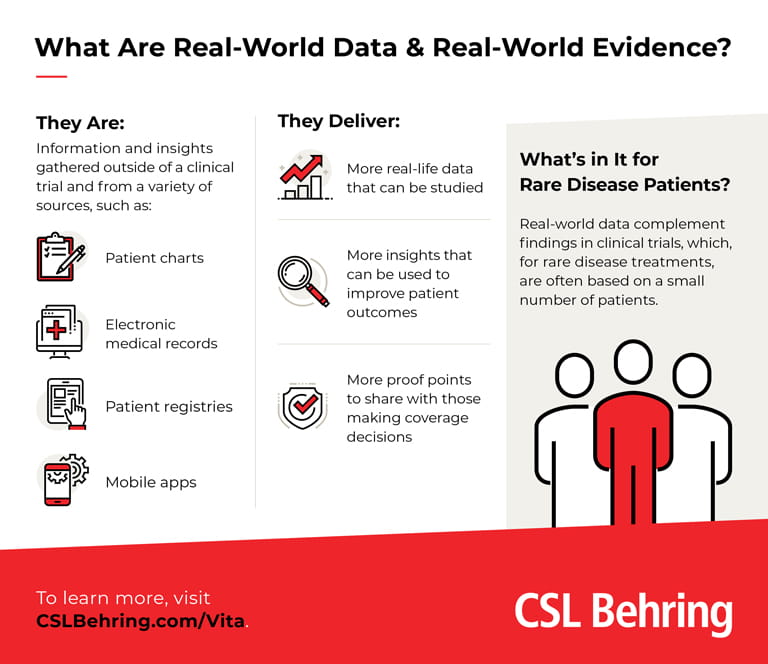
Doctors and researchers are always in search of data that will broaden their understanding of an illness so they can help patients. Randomized controlled clinical trials, with their strict guidelines and standardized format, produce meaningful information about the way a medicine works for a specific group of people. But what happens after a treatment is approved and patients are receiving the new medicine or therapy in uncontrolled real-life setting?
That’s where data collected in the “real world” comes in.
“We explore evidence from many sources to better understand how our therapies are impacting patient outcomes in everyday life,” said CSL Behring’s Ryan Saadi, Global Vice President for Evidence, Market Access & Strategic Pricing.
CSL Behring presented “real world evidence” about its therapies for Hemophilia at the 2019 global meeting of the International Society on Thrombosis and Haemostasis (ISTH). According to the U.S. Food and Drug Administration, real world data is “data relating to patient health status and/or the delivery of health care routinely collected from a variety of sources.” They include health data gathered by electronic health records (EHRs), insurance claims, patient registries and even health apps on mobile devices.
Real-world data can be examined and analyzed to produce real-world evidence, which the FDA says can include randomized trials, large simple trials, pragmatic trials and observational studies. Real world evidence can be especially valuable when studying rare diseases where products are often approved based on surrogate endpoints and a small trial population in a non-comparative design, experts say. For instance, only one in 10,000 people are born with hemophilia, according to the World Federation of Hemophilia.
“Since small patient population and geographic distribution present major challenges to traditional trial designs, real world evidence is especially important for understanding therapy outcomes in rare disease patients,” Saadi said.
These insights can help patients get access to treatments as they help to articulate differentiated outcomes to governments and health insurance companies to satisfy evidence requirements for coverage decisions, he said.
Peter Saltonstall, CEO of the National Organization for Rare Disorders, made a similar point recently at the BIO 2019 conference in Philadelphia. Advocacy now requires data, he said.
Also at BIO, officials with the U.S. FDA, which governs clinical trials, said they remain open to real-world evidence. But they cautioned that all real-world data that might not be fully accurate, such as what’s entered into an electronic medical record.
CSL’s Chief Scientific Officer Andrew Cuthbertson described the real-world evidence presented at ISTH as an important supplement to clinical trial data.
“Real world evidence can provide deep new insights that complement data acquired in clinical trials and can unlock the promise of novel bleeding disorder treatments,” he said.


